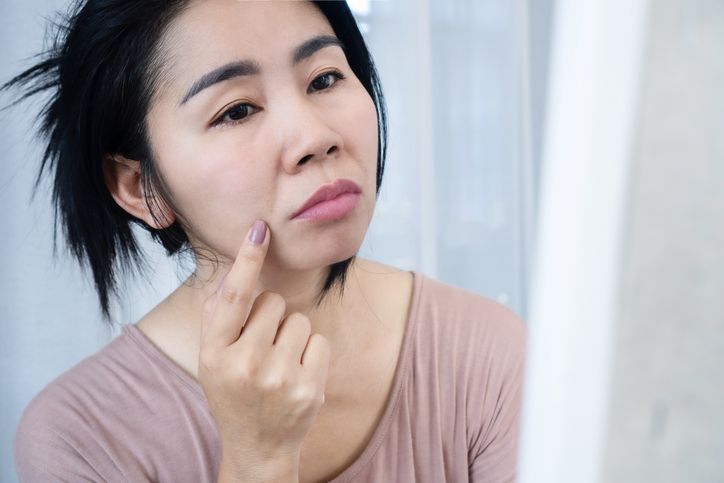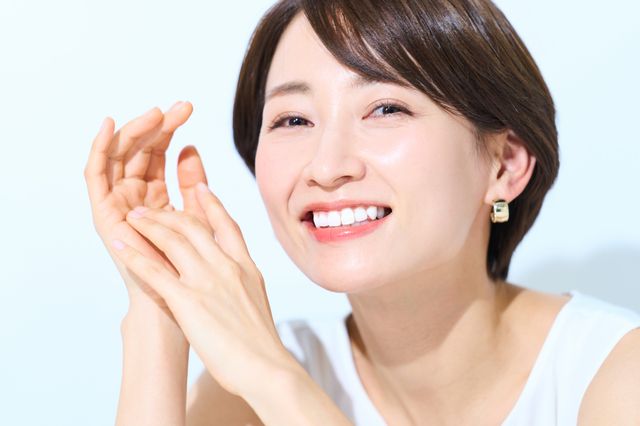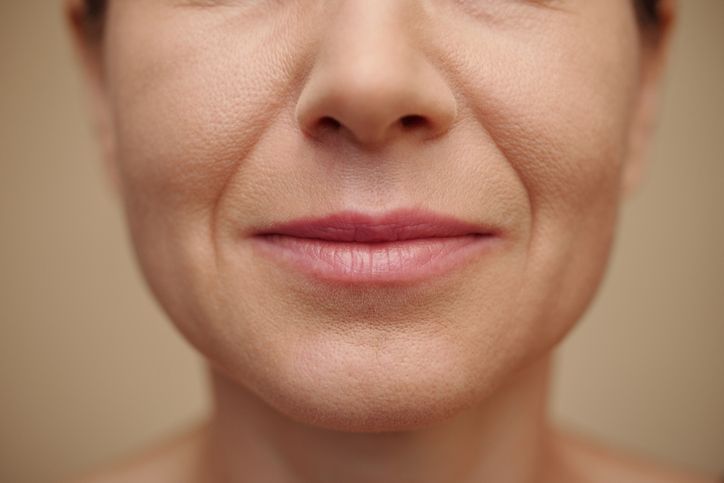
- Home
- Trend
- Weight Loss Strategies
- Acne Tips
- Hair Health Information
- Blemish Removal Tips
- Acne Scar Removal Tips
- Muscle Building Techniques
- Intimate Care Tips
- Postpartum Intimate Care
- Eye Bags Wiki
- Tips for Face Slimming
- Secret of Permanent Hair Removal
- Breast Enlargement Tips
- Cure to Snoring
- Marionette Lines
- Skin-Tightening Secrets

免費體驗
Acne Treatment
1 Minute Self-Registration
Date should not be before minimal date
Have you ever noticed that acne often pops up in the same spots on your face? It's not just a coincidence. According to Traditional Chinese Medicine (TCM), the location of your acne could be a sign of underlying health issues. For instance, acne on your chin might be linked to hormonal changes or even issues with your uterine health. Meanwhile, acne on your left cheek could signal problems with your liver, and the right cheek might point to lung issues. Neck acne is often related to hormonal imbalance, and acne around your lips could be a sign of poor intestinal health. This guide will dive deep into the connection between acne locations and your body's health, giving you a clear understanding of what might be going on beneath the surface of your skin. We'll explore how TCM looks at facial acne as a reflection of organ health and provide you with a map to decode body acne. Plus, we’ll share how you can treat acne with TCM dietary therapy and other methods that target the root cause. So, if you’re tired of dealing with acne that just won't go away, keep reading. You'll learn how to address these issues at their source and finally get rid of those stubborn pimples!
1
Acne Locations: What Do 6 Acne Locations on the Face Indicate About Your Health? (Face Edition)
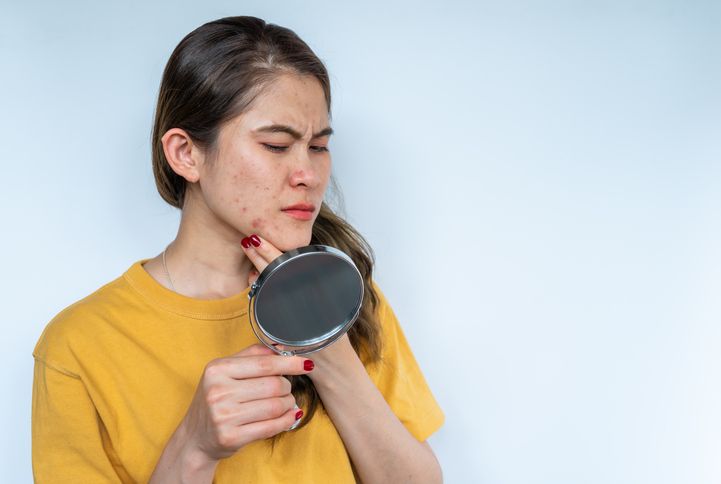
Acne Location 1: Forehead – Excessive Heart Fire
Acne Location 2: Left Cheek – Liver
Acne Location 3: Right Cheek – Lungs
Acne Location 4: Nose – Stomach
Acne Location 5: Philtrum/Lips – Intestines
Acne Location 6: Chin – Hormones/Uterus

2
Acne Locations: What Do 6 Acne Locations Represent About Your Body's Condition?
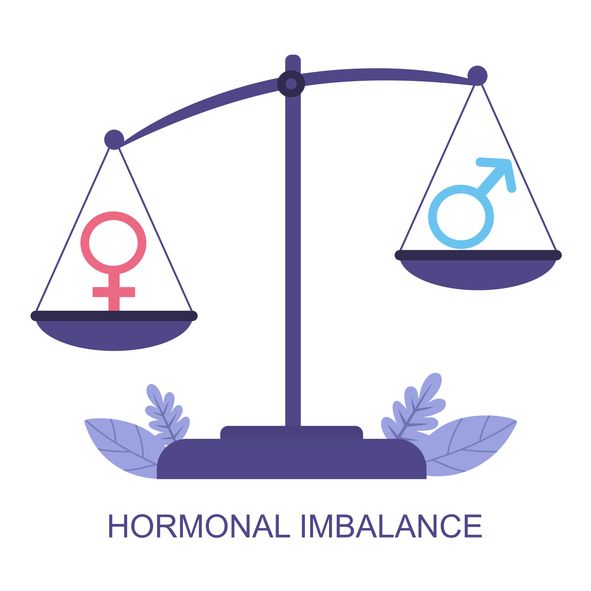
Acne Location 1: Neck – Hormonal Imbalance
Acne Location 2: Chest – Liver and Intestines
Acne Location 3: Shoulders – Clogged Pores
Acne Location 4: Back – Toxin Accumulation, Bladder Heat
Acne Location 5: Arms – Vitamin Deficiency
Acne Location 6: Buttocks – Digestive System Issues or Prolonged Sitting
3
Acne Locations Reflect Different Body Issues: What Are the Corresponding Dietary Therapies?
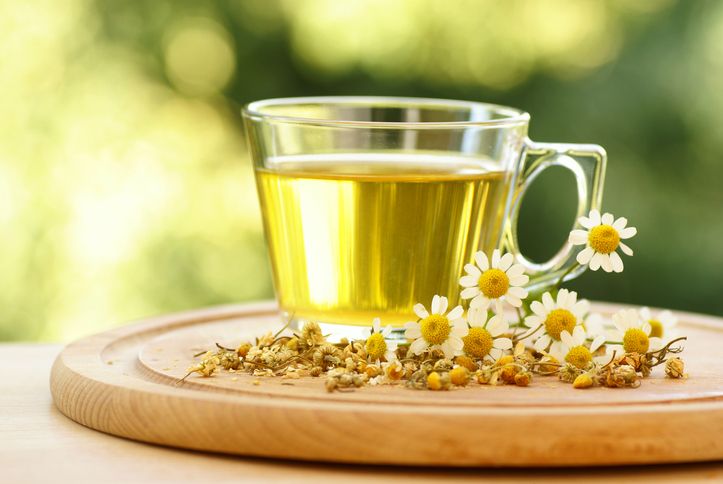
Acne Location 1: Between the Eyebrows/Forehead/Temples: Chamomile Tea
Acne Location 2: Chin, Corners of the Mouth: Green Vegetables
Acne Location 3: Nose Bridge, Nose Tip: Barley Water
Acne Location 4: Back, Neck – Five-Flower Tea
Acne Location 5: Cheeks (Left and Right) – Green Tea

4
Is the Location of Acne Related to Body Conditions? — Traditional Chinese Medicine Perspective
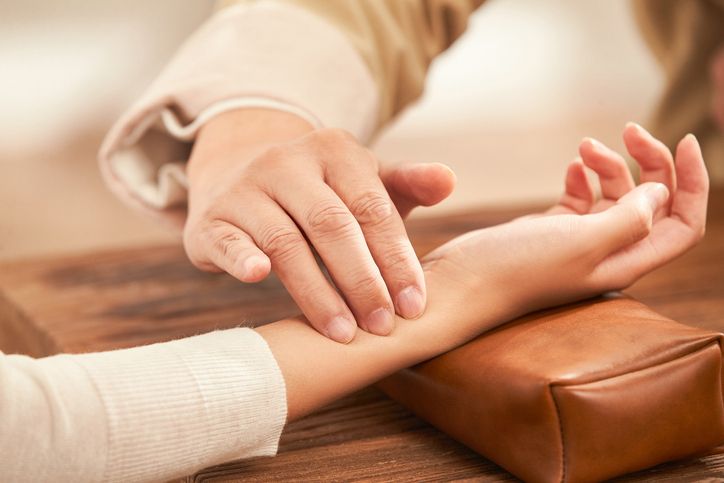
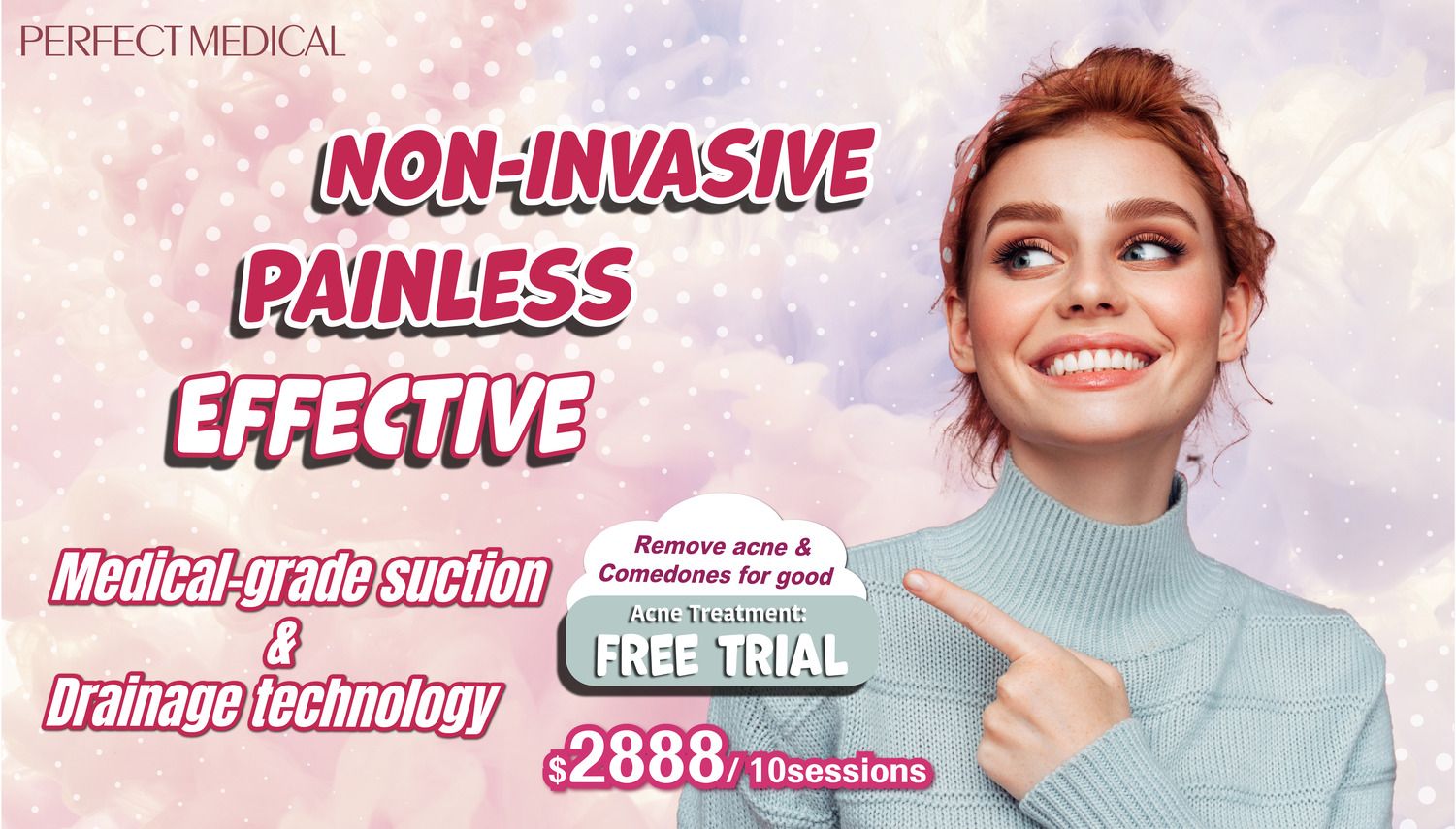
免費體驗
Acne Treatment
1 Minute Self-Registration
Date should not be before minimal date
5
Is the Location of Acne Related to Body Conditions? — Western Medicine Perspective
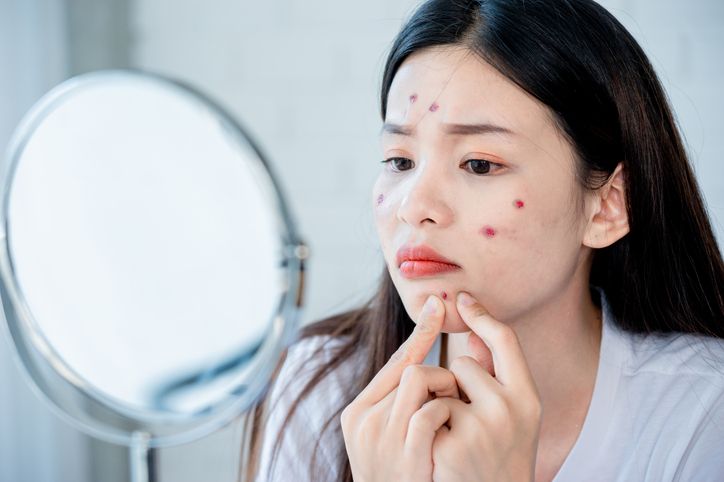
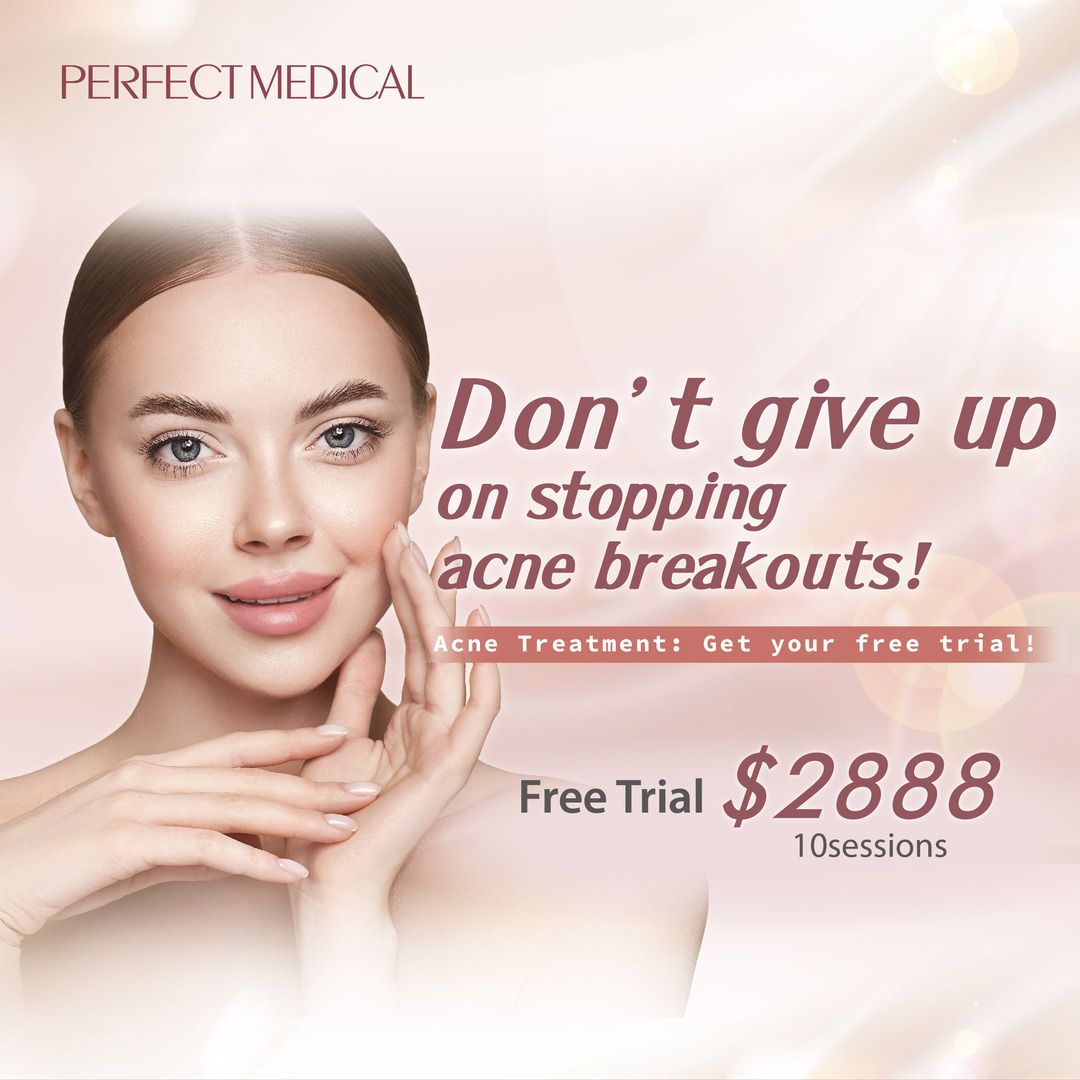
6
How Does Traditional Chinese Medicine Treat Severe Acne, Such as Stress-Induced Acne and Hormonal Acne?
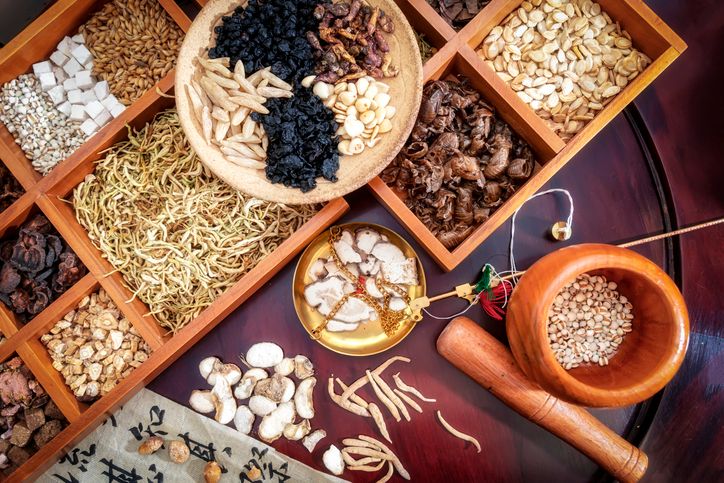
Traditional Chinese Medicine for Acne 1: Chinese Herbal Medicine
Traditional Chinese Medicine for Acne 2: Acupuncture for Acne
Traditional Chinese Medicine for Acne 3: Gua Sha and Cupping Therapy for Acne
- What is Milia? Detailed Guide: Appearance, Formation, Comparison to Blackheads and Whiteheads, and Effective Solutions for All Skin Types!
- Can Pore Strips Cause Skin Sagging? Discover 5 Hidden Dangers Of Frequent Use
- Can Vaseline Remove Blackheads? Learn Its Properties + 6-Step Method to Say Bye Bye to Clogged Pores!
- Chemical Facial Peel: Before And After On Different Skin Types
7
Editor’s Review: Personal Experience with the Acne Treatment—Hormonal Chin Acne Gone in Just 1 Week!
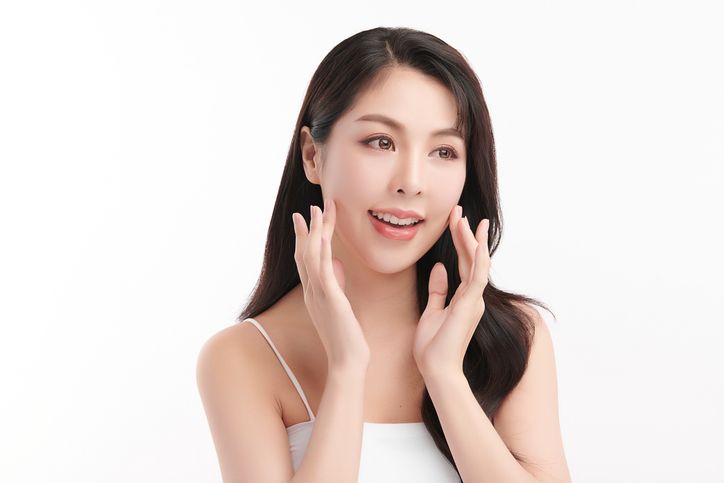
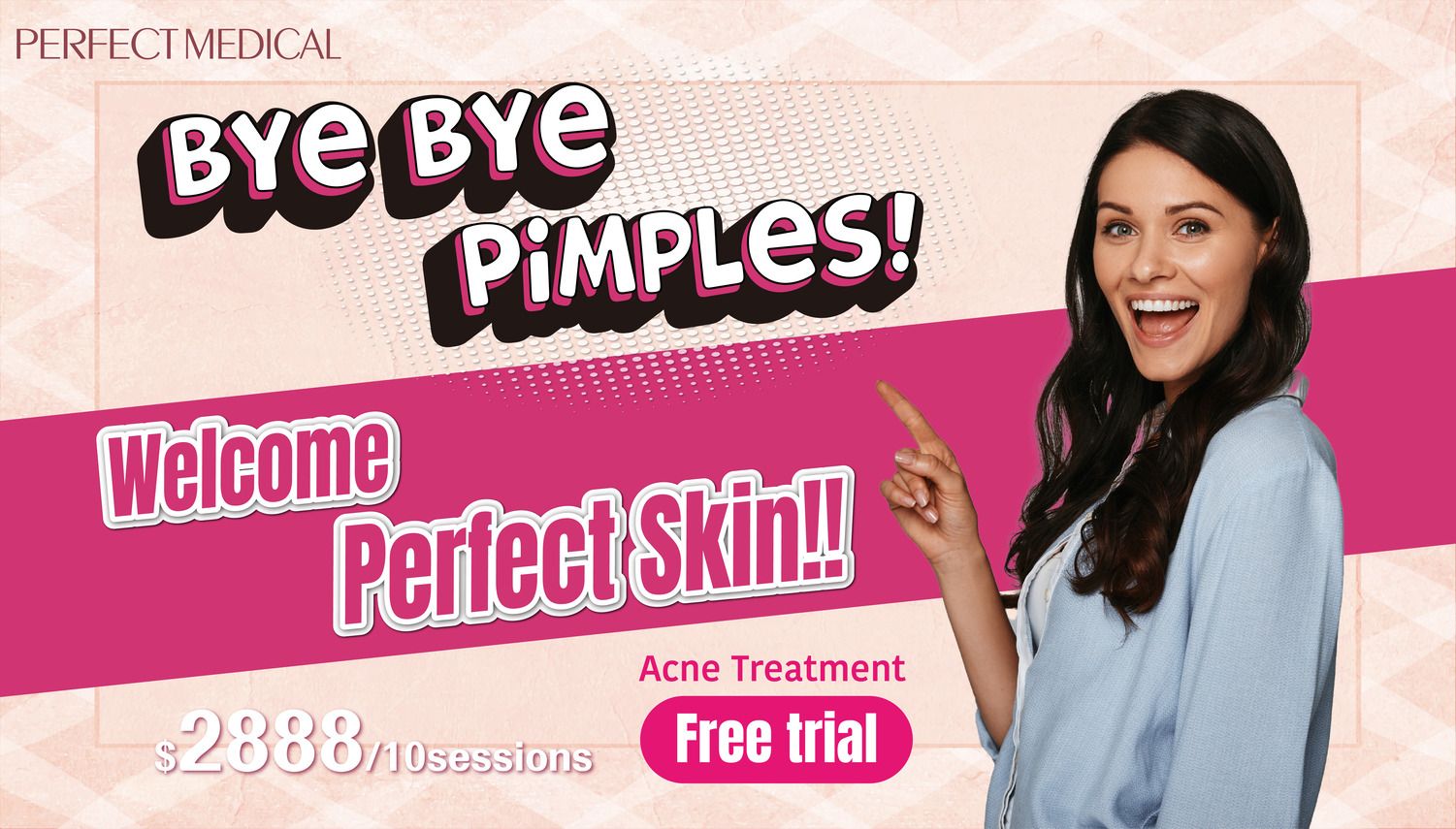
免費體驗
Acne Treatment
1 Minute Self-Registration
Date should not be before minimal date
FAQ

What are the Six Facial Acne Locations and Their Body Symptoms?
Forehead acne is often linked to excessive heart fire, while acne on the left cheek might indicate liver issues. If you have acne on your right cheek, it could reflect lung health, and nose acne is usually related to stomach problems. Acne around the philtrum or lips suggests intestinal health concerns, and chin acne is commonly associated with endocrine or uterine imbalances.
What are the Six Body Acne Locations and Their Body Symptoms?
Neck acne often signals a hormonal imbalance, and chest acne can be related to liver and intestinal issues. Acne on the shoulders is usually caused by clogged pores, while back acne may result from toxin accumulation and bladder damp-heat. Arm acne might be due to a vitamin deficiency, and acne on the buttocks is often linked to digestive system issues or prolonged sitting.
Who Is the Acne Treatment Suitable For?
Relying solely on AHA/BHA masks or similar products to treat acne might not be effective, especially for severe cases. Acid-based treatments typically address only superficial or mild acne, and their exfoliating effects take time to show. Using extraction tools or scrubs improperly can damage the skin, worsening acne scars and leading to infections. For serious acne, such as cystic acne, stress-related acne, and hormonal acne, professional treatment is essential to avoid making the problem worse. The Acne Treatment at Perfect Medical is designed for all types of acne, including blackheads and acne scars, providing a safe and effective solution.
What Is the Vacuum Dermabrasion Technology in The Acne Treatment?
The Acne Treatment uses vacuum dermabrasion technology, which gently exfoliates areas prone to acne, such as the chin, forehead, nose, and cheeks. This process removes dead skin cells, unclogs pores, and deeply cleanses the skin. Combined with a purifying essence, it effectively eliminates blackheads and prevents future acne, promoting healthy skin renewal.
What Is the Purifying Infusion Formula in The Acne Treatment?
While the vacuum dermabrasion removes dead skin, the treatment also infuses a unique purifying formula deep into the skin. This formula softens the skin, makes blackheads easier to remove, and stimulates collagen production. It helps restore skin elasticity, repair damaged tissue, and normalize skin metabolism, preventing clogged pores and future acne breakouts.





